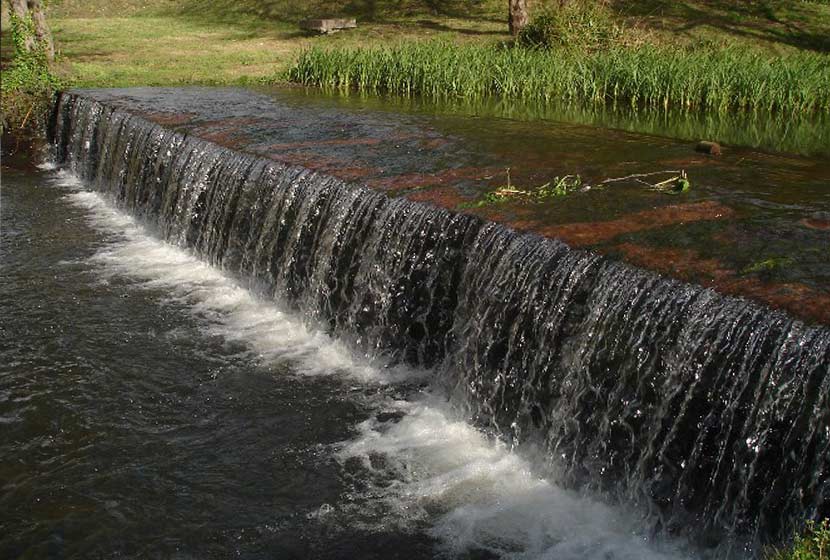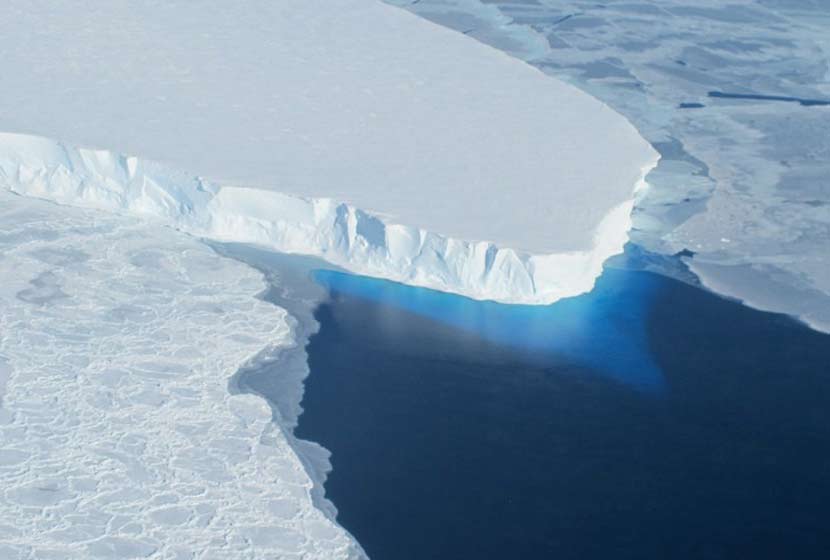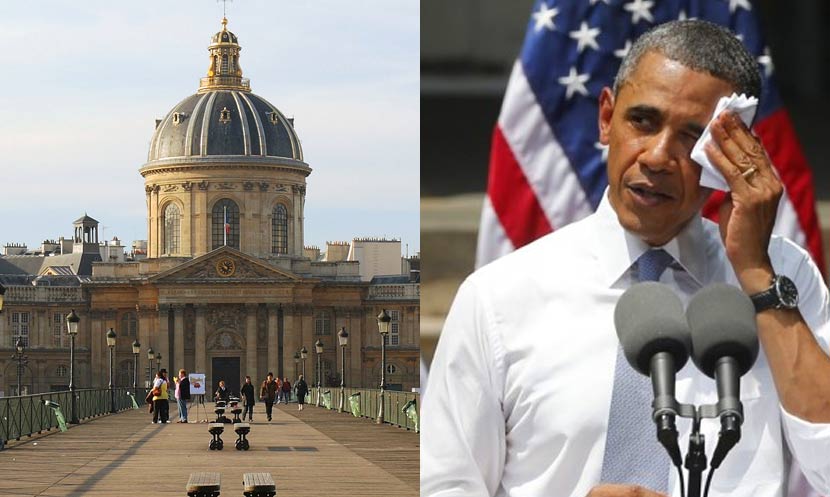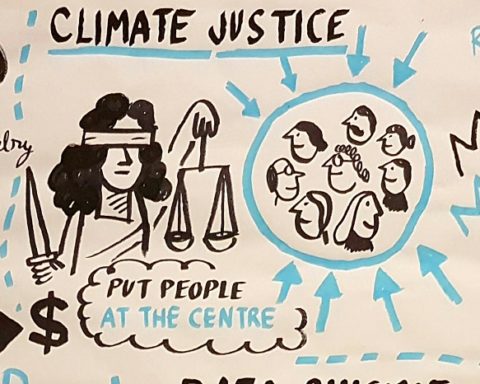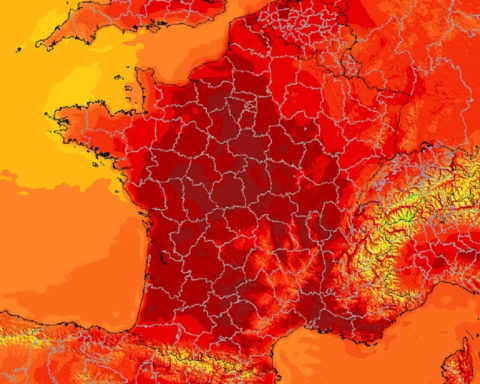On the occasion of the Water and Climate Change Symposium held at the end of April in Lyon, 300 managers from the South-East territories met, at the invitation of the Rhone-Mediterranean-Corsica Water Agency and Michel DELPUECH, Basin Prefect, to work on concrete adaptation measures as initiated by the climate change adaptation plan for the Rhone-Mediterranean basin. (1). One year after the launch of the plan, this conference is an opportunity for the Water Agency to review concrete examples of local actions to retain water in the soil, eliminate waste and preserve aquatic environments.
Next December, Paris will host the 21st United Nations Climate Change Conference, and all the territories are building territorial climate-energy plans (PCETs, created by the Grenelle). The five presidents of the South-East regions, the Basin Prefect and the President of the Basin Committee thus adopted a plan for adaptation to climate change in the water sector on 28 May 2014. This plan is a great first in France and provides the territories with proposals for new, local and readily available actions on the three following topics:
1. Waterproof the soil, to allow the groundwater to recharge.
After decades spent draining water from our territories, draining and rectifying rivers, we now know that it must be retained and infiltrated into the water tables, which are the cheapest reserve of water for tomorrow.
In cities, local urban planning (PLU) and territorial coherence schemes (SCOT) will be able to compensate up to 150% for new waterproofing in urbanised areas by creating infiltration basins, ditches, gullies or "rain gardens".
These simple solutions for infiltrating water into the aquifers can also save money:
- The city of Montpellier has thus redeveloped its campuses over a 3 ha zone, which has allowed "zero discharge" to the sewers at a cost 7 times less expensive than the sewerage system, which required the resizing of the sewerage network.
- In Strasbourg, the Euro metropolis has modified its PLU to integrate rainwater management.
- The city of Longvic (21) has built 70 houses in an eco-neighborhood that will infiltrate rainwater to the plot and through gullies.
- In agricultural areas too, hedges and grassy strips have the power to slow down the water. The metropolis of Lyon preserves agricultural and natural land by limiting the peri-urban extension and the artificialization of soils, in a logic of water infiltration.
The water agency has launched a call for projects oversubscribed by 20 million euros in 2014 on rainwater management. Local authorities are ready to embark on the path of dewatering. Water infiltration projects are inexpensive (40% of projects do not exceed €100,000) for ditches, green roofs, rainwater recovery and reuse systems, etc.
2. Eliminate water wastage by reducing leakage from water systems and making agriculture less dependent on water.
The Rhone-Mediterranean basin has set itself the deadline of 2030 to absorb leaks from the often ageing drinking water networks. In agriculture, water savings are still 5 to 10 times cheaper than new storage and are therefore the emergency of our time.
Digne les Bains (04) has launched a major plan to reduce water leaks and has already gone from 56% to 66% of performance on its drinking water network.
In 2014, the Rhône Méditerranée Corse water agency financed a record level of water savings of 70Mm3/year thanks to a call for projects, i.e. the consumption of a city of one million inhabitants. Waste is reduced where action is taken.
3. Strengthening the defences of aquatic environments and preserving biodiversity
Such is the choice of the upper Aude valley which is restoring its peat bogs to support the flow of its rivers in summer. These wetlands are thus able to retain as much water as the Matemale and Puyvalador dams on the Aude.
On the Mediterranean coast, the Pays de l'Or urban area is redeveloping the lido between La Grande-Motte and Carnon: land acquisition, relocation of roads and creation of peripheral car parks and footpaths, creation of new dunes and reconstitution of the lagoon barrier are responses to the problems of coastal submersion and erosion.
In the coming months, the water agency will be launching a call for projects on the new management of rivers to help them return to a more natural functioning and promote soft solutions that contribute to the fight against floods. (Source: CP Rhône-Alpes Water Agency)
(1) More information on the climate change adaptation plan for the Rhone-Mediterranean basin

